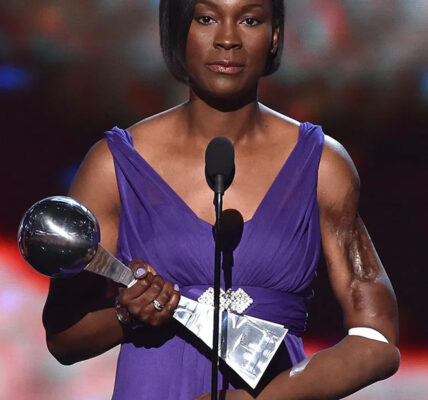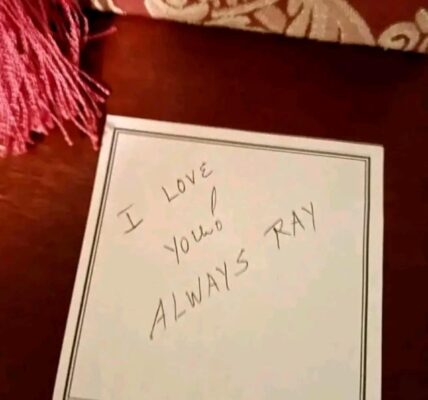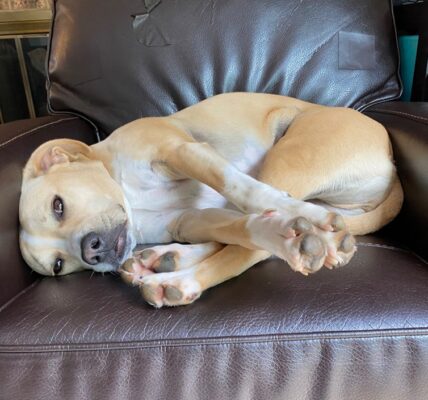Rebecca Young was only twelve when she began noticing something most people hurried past.

Every morning on her way to school in Glasgow, she saw the same sight: figures wrapped in thin blankets, sleeping in doorways, trembling in the cold before the city was awake. Adults walked past them. Students walked around them. Cars drove by without slowing.
But Rebecca didn’t look away.
She couldn’t.
One winter afternoon, when the wind was sharp enough to sting skin, she tugged on her mother’s coat and asked a question most adults don’t like to answer.
“Why doesn’t anyone help them?”
Her mother gave the only honest reply she could:
“Some people want to help but don’t know how.”
Something happened inside Rebecca then — a shift, a spark, a feeling she couldn’t shake. She was just one girl. She couldn’t build houses, or change laws, or rescue everyone sleeping cold on the streets.
But she thought:
Maybe I can help one person.
That thought didn’t fade. It grew.
And that was the moment a child unknowingly began to design something that could save lives.
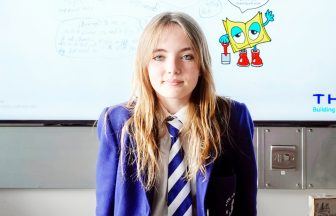
The First Idea
At school, she was learning about renewable energy — sunlight, heat, motion. One sentence in a science lesson stayed in her mind:
“Solar panels collect energy even on cloudy days.”
Even in Scotland, a place famous for its rain, that meant power.
Power meant heat.
Heat meant warmth.
Warmth meant survival.
She opened her sketchbook and began drawing.
Not a house.
Not a heater.
Not a blanket.
But a backpack.
A backpack a homeless person could carry — light enough to take everywhere, but powerful enough to become a heated blanket at night. A backpack that could charge itself from the sun during the day, then release that stored energy as warmth in the dark.
For most children, a sketch is just a sketch.
But Rebecca didn’t stop there.
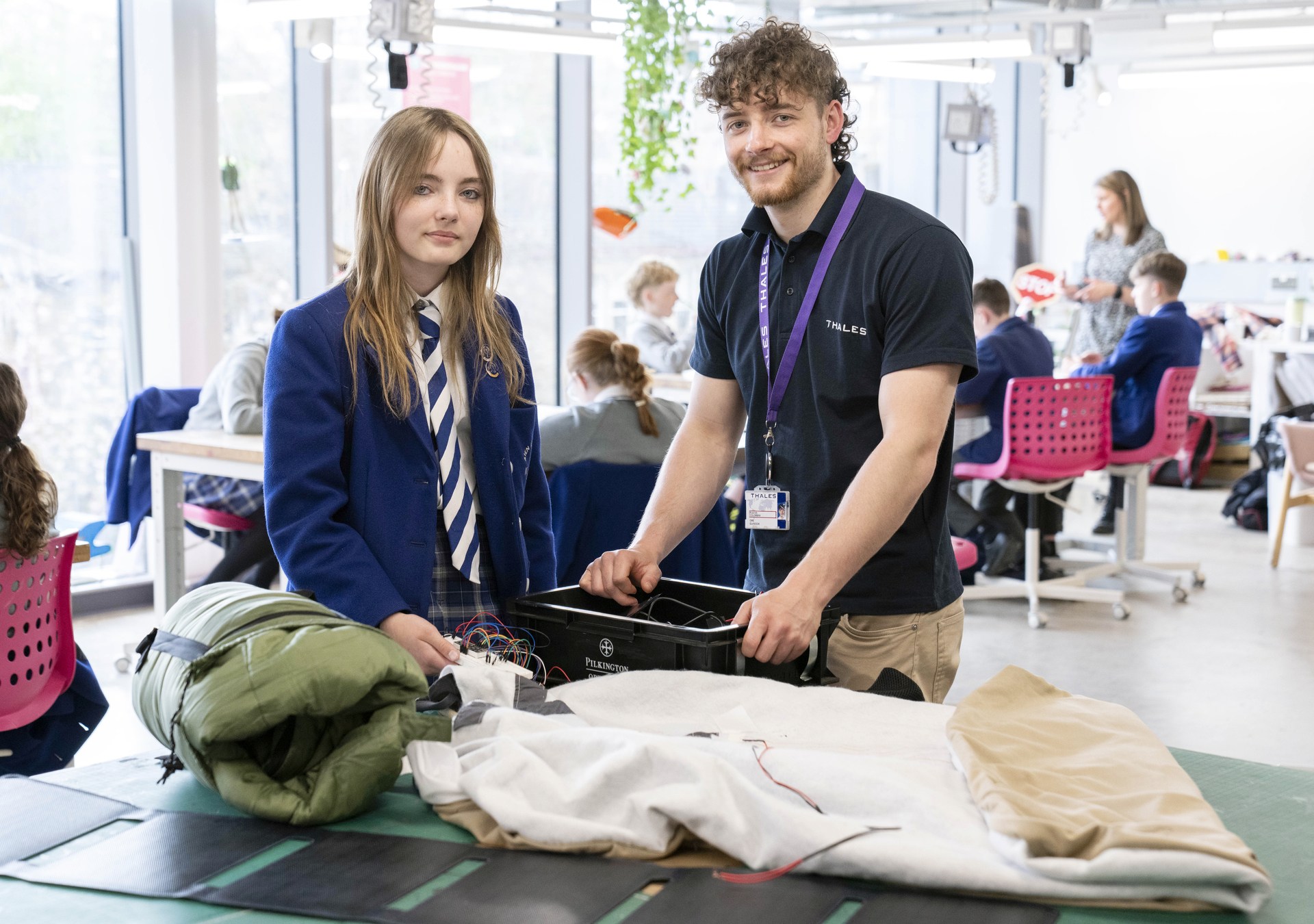
She researched 3D fabrics that trap heat.
She learned how copper wiring conducts energy.
She studied how long a battery can run before shutting down.
She watched videos on flexible solar panels — the kind that bend but don’t break.
Every night after homework, she kept drawing, testing, imagining.
Not because a teacher told her to.
Not because she wanted a grade.
But because she couldn’t forget the people outside in the cold.
The Competition
Months later, her teacher announced the annual UK Primary Engineer Leaders Award — a national engineering competition with over 70,000 student entries.
One line in the announcement caught her attention:
“Design something that solves a real-world problem.”
Rebecca didn’t even hesitate.
She already had the problem.
She already had the design.
She just needed the courage to show it to the world.
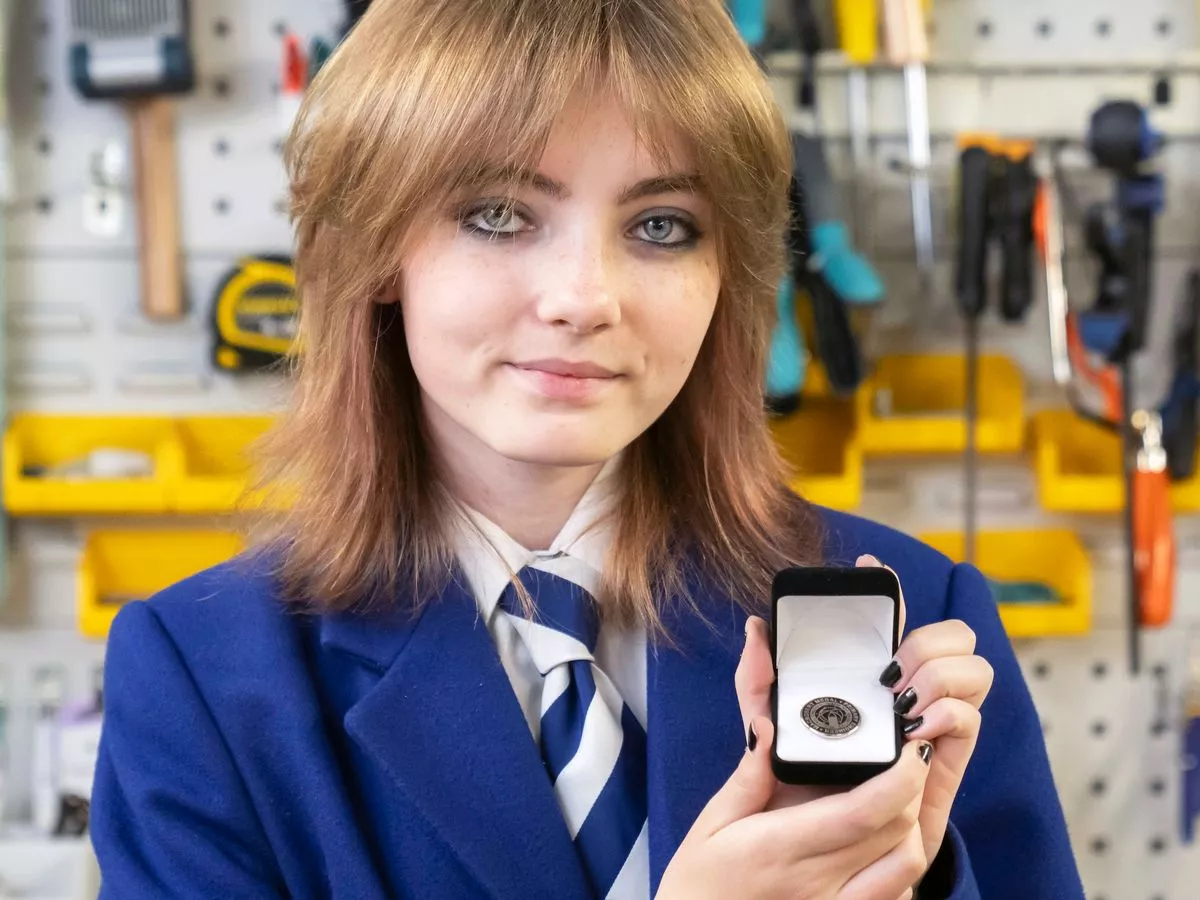
When she submitted her project, she expected nothing. She was just a kid with colored pencils and an idea.
But sometimes the world recognizes a quiet genius.
Her idea didn’t just impress judges — it stopped them. Grown engineers, scientists, and industry experts stared at the blueprint of a 12-year-old and saw something they had missed:
A solution that was not complicated.
Not expensive.
Not impossible.
Just never done before.
She didn’t win first place — she won something rarer: the public vote commendation, the one awarded by thousands of ordinary people who saw hope in her invention.
Then came the silver medal from the judges.
Then came the email that changed everything.
The Prototype
A major engineering company, Thales, wanted to build her backpack for real.
They didn’t pat her on the head and say “good job, sweetheart.”
They treated her like what she was — an inventor.
They gave her a lab coat.
They gave her a team.
They gave her materials she’d only ever seen in textbooks.

And slowly, across weeks of testing, a real backpack was born — not cardboard, not fantasy, but working technology:
• Soft, bendable solar panels stitched into the fabric
• Copper wires running through the lining to distribute heat
• A battery pack that stored sunlight like a bank stores money
• A smart switch that saves power when the user sleeps
The day she held the finished prototype in her hands, she didn’t smile because she’d “succeeded.”
She smiled because someone, somewhere, might not freeze to death because of it.
When a reporter asked what she felt, Rebecca said a sentence that made grown engineers go silent:
“To think something I designed could one day help somebody on the streets is amazing.”
She didn’t say “win a medal.”
She didn’t say “become famous.”
She said “help somebody.”
That is the difference between a project and a purpose.
The Real Meaning of Her Invention
Most kids dream of being astronauts, athletes, singers, or stars.
Rebecca dreamed of giving someone warmth.
She looked at pain and didn’t turn away.
She saw a problem adults accepted as permanent — and treated it like something temporary, something fixable, something worth fighting for.
She did not wait to grow up to make a difference.
She didn’t wait for permission.
She didn’t wait for the world to change.
She started changing it herself.
What Her Story Teaches Us
A girl with no money, no company, no degree, and no power — designed something world-changing with a pencil and heart.
And that should terrify anyone who believes children are “too young” to matter.
Because the truth is:
The world doesn’t need more geniuses.
It needs more people who give a damn.
It needs more children who refuse to accept suffering as normal.
It needs more hearts that respond to pain with invention instead of indifference.
Rebecca did not ask,
“Why isn’t someone doing something?”
She asked,
“What can I do?”
And that question — when held by young hands — is the most powerful tool on Earth.

Somewhere Tonight…
A homeless man may unzip a backpack, unfold a solar blanket, wrap it around his shoulders, and feel warmth he did not expect.
He may never know the name of the girl who made it.
He may never know she was only twelve.
But somewhere across the world, a child will hear her story…
and believe they, too, have the right to change something.
Because kindness isn’t measured in age.
It’s measured in action.
And Rebecca Young proved that sometimes the smallest inventor creates the biggest light.

